
Winter 2025 Trends: What’s Hot in Cooking
Greetings Food Enthusiasts! It’s the year 2025, and the world of food and cooking continues to evolve, with new innovations, flavors, and techniques emerging every season. This winter in the new year, expect a dynamic fusion of nostalgia, sustainability, and health-conscious choices, along with an increasing emphasis on embracing comfort without sacrificing creativity. From bold, unexpected ingredients to modern-day takes on traditional winter dishes, here’s a look at the major cooking trends that will define kitchens this winter.
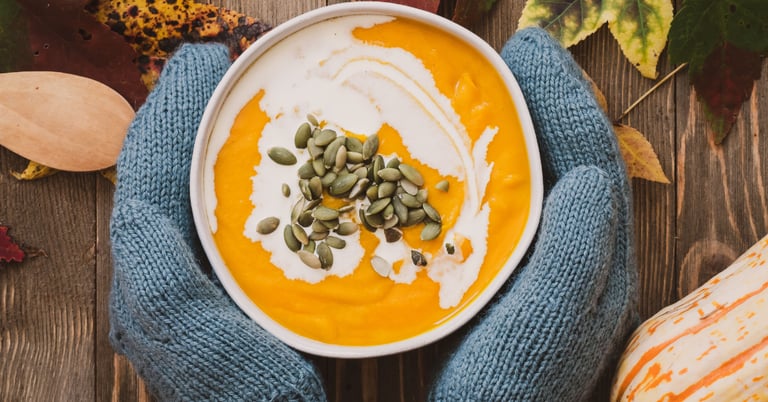

Winter is synonymous with hearty, comforting food that warms us from the inside out. In 2025, however, nostalgia meets innovation. Home cooks are revisiting classic childhood dishes, placing a more modern twist in upgrades.
Expect to see a reimagining of mac and cheese with plant-based cheeses, mashed potatoes enriched with roasted garlic and vegan butter, as well as casseroles/bakes with unexpected add-ins like miso or truffle oil. Comfort foods are no longer just about simplicity; they’re about bold flavors and sustainable twists. We’ll also see old-school desserts like apple pie and bread pudding getting creative upgrades with alternative sweeteners, gluten-free options, and new spice profiles (think turmeric, cardamon and saffron!).
Nostalgic Comfort with a Twist
Sustainable Cooking
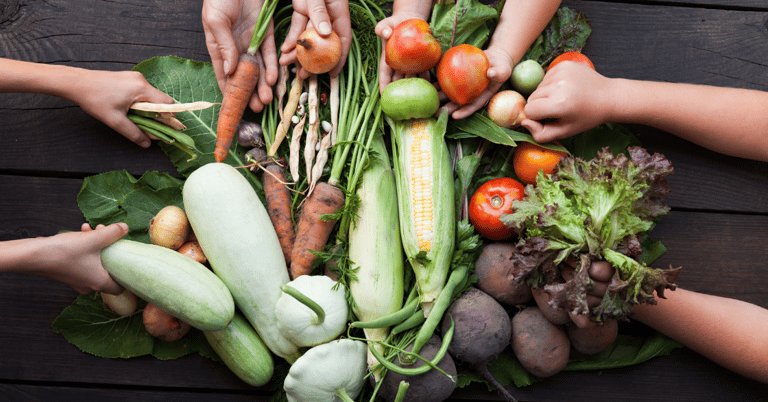

Sustainability is no longer a trend—it’s a way of life. In winter 2025, there will be more focus on reducing food waste, using local produce, and adopting zero-waste cooking techniques. Root vegetables like carrots, parsnips, and sweet potatoes, which flourish in colder months, will take center stage in kitchens. These ingredients are not only nutritious but also versatile, appearing in soups, stews, and roasted dishes.
Seasonal eating will be in full swing, with farmers' markets and local food co-ops offering fresh, low-carbon-footprint options. There’s a growing focus on cooking with whole animals, reducing food waste, becoming more wallet and environment conscious by utilizing every part, and embracing cuts of meat that are typically less popular, such as oxtail, short ribs, and offal.
There’s also an increase in “regenerative cooking,” where chefs and home cooks embrace eco-friendly practices, like fermenting scraps and making broths from vegetable trimmings.
Ancient Grains & Global Staples
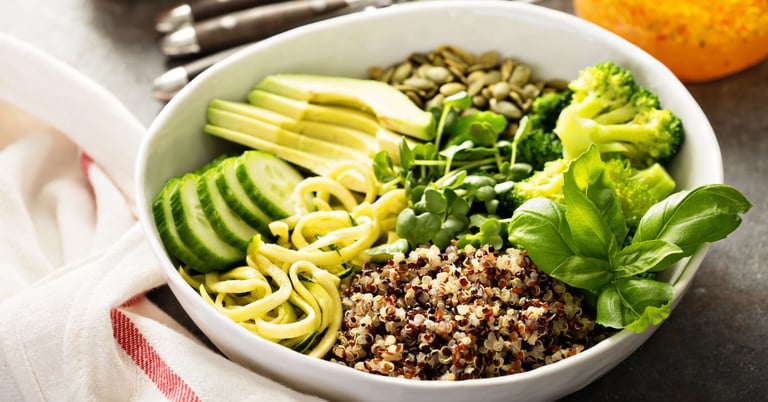

As people continue to look for more nutrient-dense alternatives to traditional grains, ancient grains like quinoa, teff, spelt, farro, and millet will become even more popular. These grains offer a richer texture and are packed with fiber, protein, and minerals, making them ideal additions to soups, stews, and grain bowls.
Incorporating global staples into everyday cooking will also rise in popularity. Think millet pilaf seasoned with za’atar, couscous topped with roasted squash, or wild rice mixed with fermented black beans. As people experiment more with flavors, spices like sumac, berbere, and garam masala will make regular appearances, giving winter dishes deeper, more complex flavor profiles.
Plant-Based Comfort Foods
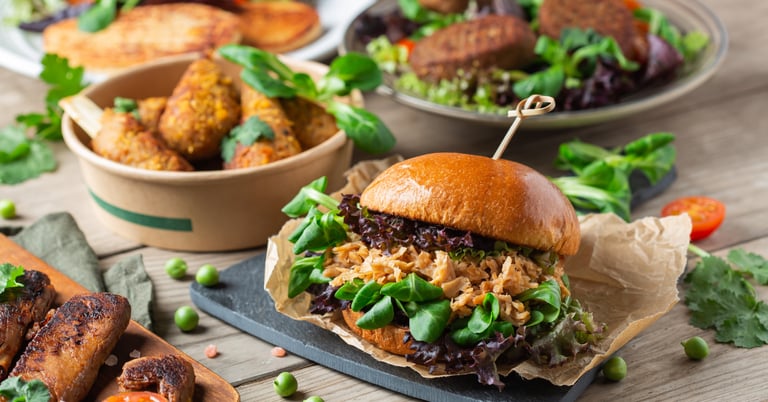

While plant-based diets have been steadily rising for several years, winter 2025 will see plant-based comfort foods evolving to appeal to a broader base of eaters. Rich stews made with lentils, chickpeas, and mushrooms will become the backbone of the season, providing warmth and depth of flavor. But the trend goes beyond just vegan or vegetarian; omnivores are looking for plant-based meals that feel just as indulgent as their traditional counterparts.
Expect to see “meatless” lasagna layers made from butternut squash, beets or portabella mushrooms, creamy risottos made with cashew cream, and plant-based shepherd's pies that stack layers of root vegetables and mushrooms. Vegan cheese boards, served with a variety of dairy-free cheeses, roasted nuts, and fruits, will be a perfect centerpiece for cozy gatherings and potlucks.
Fermentation: A Culinary Evolution
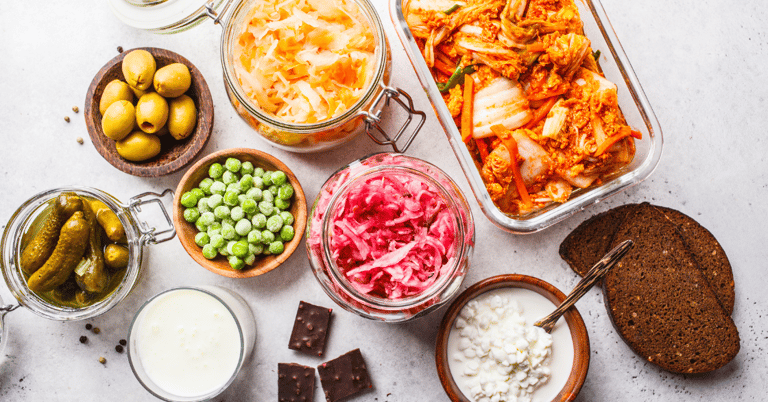

Fermented foods have been steadily gaining attention for their health benefits, and winter 2025 will see fermentation entering mainstream cooking. Sauerkraut, kimchi, miso, and kefir will not only appear in traditional dishes but also in modern recipes like salad dressings, marinades, sauces, and even cocktails.
Fermentation offers more than just health benefits, imparting unique flavors to food, providing umami depth and complexity. Fermented vegetables will find their way into stews, while fermented dairy, like yogurt and kefir, will be used as bases for creamy soups and sauces. Additionally, expect to see chefs experimenting with fermentation in desserts, like incorporating miso into chocolate tarts, experimenting with koji rice in ice cream, and natural fermentation/lacto-fermentation for fruits and vegetables in desserts like jams and preserves.
The Rise of Root-to-Stem Cooking
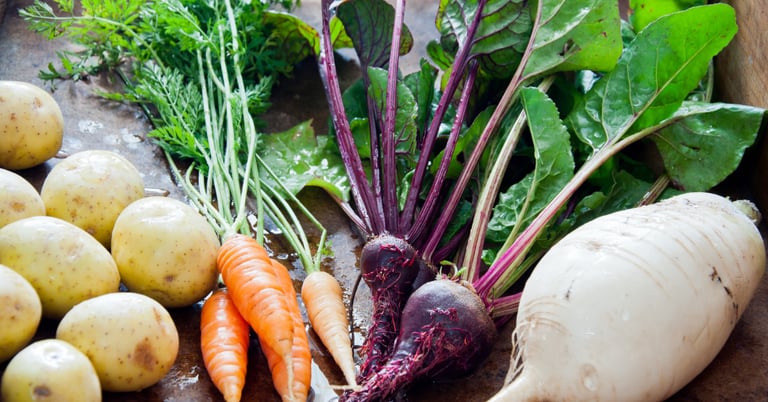

One of the most sustainable practices gaining traction in kitchens across the world is root-to-stem cooking. This is all about utilizing the entire vegetable, from root to leaf. Turnips, beets, and radishes, often overlooked for their greens, are receiving attention for their flavorful, nutritious tops, which can be used in salads, pesto, or sautéed with garlic and olive oil.
Similarly, squash stems, beet greens, and carrot tops are not only edible, but packed full of nutrients and flavor. This holistic approach to cooking helps reduce waste and highlights the versatility of every vegetable. Expect to see root-to-stem cooking featured on winter menus as a major culinary movement, with chefs finding innovative ways to utilize all parts of the produce.
Slow Cooking and One-Pot Wonders
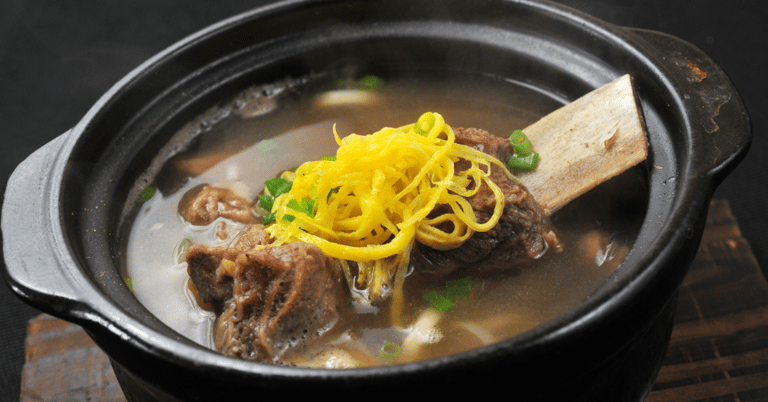

As the cold months settle in, slow cooking will continue to be a kitchen favorite. Pressure cookers, slow cookers, and Dutch ovens make it easy to prepare rich, hearty dishes with minimal effort. Expect to see an increase in one-pot meals—dishes that require minimal preparation but deliver a whole lot of flavors. From braised meats like lamb shanks, spareribs, oxtails, and pot roasts to vegetable-rich stews and risottos, one-pot wonders are perfect for warming up after a long day outdoors or at work.
With the rise of time-saving kitchen appliances, expect to see dishes like curries, braises, and soups take center stage as people embrace slow, deliberate cooking methods that allow for deep flavors to develop over time. These dishes will often be paired with hearty bread, perfect for sopping up those flavorful broths.
Final Thoughts
Winter 2025 cooking encompasses balancing indulgence with mindfulness. It’s also about using ingredients that nourish both the body and the planet, while adding creativity and personal flair to time-honored traditions. Whether it’s turning comfort food into a health-conscious masterpiece, experimenting with ancient grains, or focusing on sustainability, there’s something for every home cook, chef or food enthusiast to explore this winter. So, gather your ingredients, head to the kitchen, try something new, and embrace the warmth of winter’s best culinary offerings! You got this!


